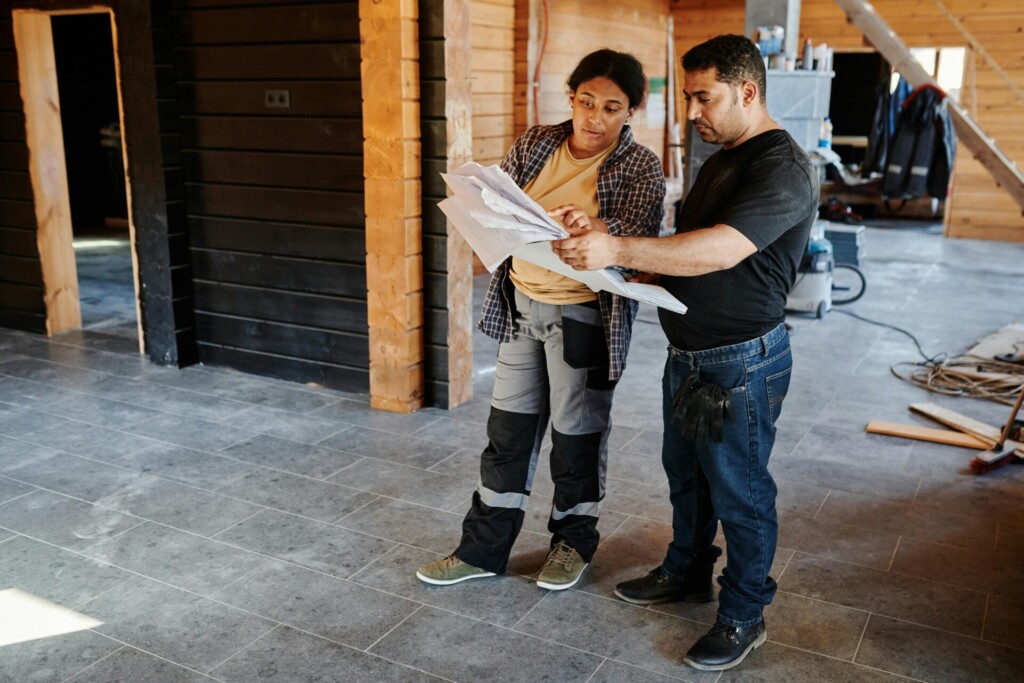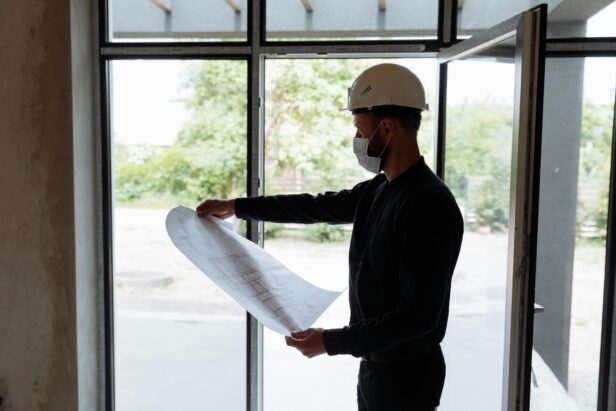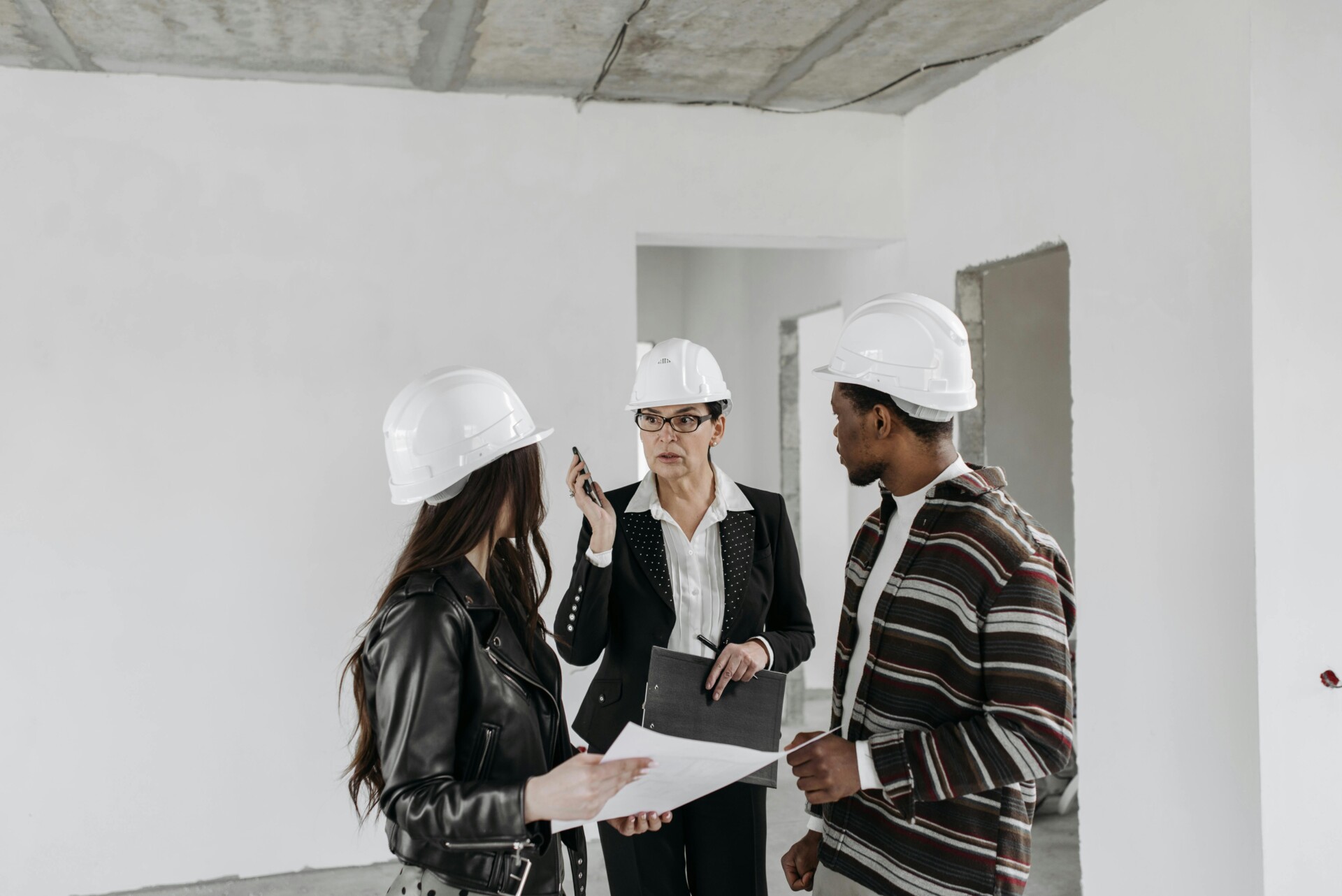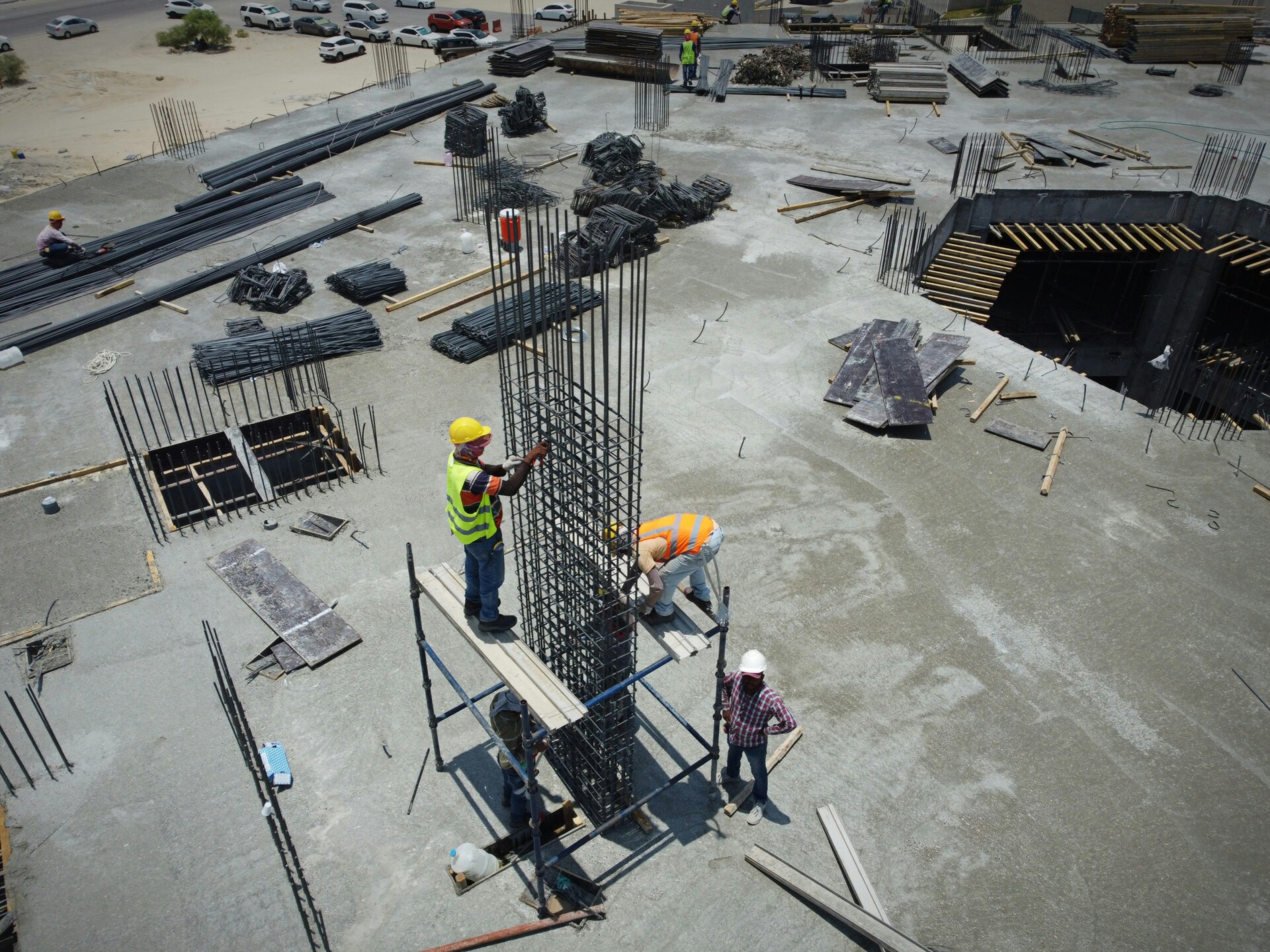Design build construction eliminates the traditional separation between design and construction teams. Instead of managing multiple contracts with architects, engineers, and contractors, property owners work with a single design-builder under one unified contract.
This integrated approach allows design and construction phases to overlap rather than proceed sequentially. One design-builder coordinates architects, engineers, and subcontractors from initial concept through project completion, creating streamlined communication channels and accelerated delivery timelines while maintaining better budget control throughout the construction process.
Design-Build Vs. Design-Bid-Build: What Changes For Owners And Teams?

The contract structure fundamentally shapes how we execute construction projects. Design-build operates under a single contract between the owner and our integrated team, while design-bid-build requires separate contracts for design and construction phases. This distinction drives every aspect of project delivery.
Timeline execution differs significantly between these approaches. Design-build allows overlapping phases where we begin construction activities while design development continues. Design-bid-build follows sequential phases, requiring complete design before construction bidding begins. This sequential approach can extend project duration by several months on larger developments.
Communication And Decision-Making Structure
Design-build establishes one point of responsibility for owners. We serve as the single contact managing architects, engineers, and construction teams throughout the project. This streamlines decision-making and eliminates the coordination burden typically placed on property owners.
Design-bid-build requires owners to mediate between separate design and construction entities. When constructability issues arise or changes become necessary, owners must coordinate responses between parties who may have different priorities and contractual obligations.
Budget Management And Cost Transparency
Design-to-budget approaches characterize design-build projects. We provide transparent cost updates throughout development, allowing real-time budget adjustments. Value engineering occurs continuously as design and construction expertise collaborate from project inception.
Design-bid-build delivers pricing after design completion. Owners receive construction costs only during the bidding phase, potentially requiring redesign if budgets exceed expectations. This sequential pricing can create budget uncertainty until late in the development process.
Risk Allocation Between Project Parties
Risk consolidation defines design-build delivery. We assume responsibility for design errors, constructability issues, and coordination between project phases. This risk transfer often provides owners with greater cost certainty and schedule predictability.
Design-bid-build splits risk across multiple entities. Owners retain substantial risk for design adequacy, while contractors assume construction risks. When problems arise between design and construction phases, determining responsibility can create disputes and project delays.
Change order management reflects these risk allocations. Design-build change orders typically involve collaborative adjustments between integrated team members. Design-bid-build changes can trigger finger-pointing between separate contracts, potentially escalating minor issues into major disputes.
Owner Control And Project Oversight
Owner control differs substantially between delivery methods. Design-bid-build provides greater owner involvement in design development and construction oversight. Some property owners prefer this hands-on approach, particularly for complex or highly specialized projects.
Design-build requires owners to relinquish some direct control in exchange for streamlined delivery. We handle day-to-day coordination while keeping owners informed through structured communication protocols. This approach works well for owners seeking efficient project delivery without extensive construction management involvement.
Constructability reviews occur differently under each method. Design-build integrates constructability analysis throughout design development. Design-bid-build addresses constructability primarily after design completion, when changes become more expensive and time-consuming.
What Benefits Does Design-Build Deliver?

Design-build delivery transforms how we approach construction by consolidating advantages that traditional methods scatter across separate contracts and teams. The benefits extend beyond simple efficiency gains to create measurable improvements in project outcomes, client satisfaction, and construction feasibility.
Streamlined Communication And Faster Decisions
We establish direct communication channels between all project stakeholders from day one. With architects, engineers, and construction teams working under unified leadership, decisions flow quickly without the delays typical in multi-contract arrangements.
This integrated project delivery approach eliminates the back-and-forth coordination that often stalls traditional projects. When design questions arise during construction, we resolve them immediately with the design team at the table. Client coordination becomes more efficient because owners communicate with one accountable entity rather than managing separate relationships with designers and contractors.
Time Savings From Overlapping Design And Construction
We accelerate project schedules by overlapping design development with early construction activities. While final drawings are being completed for later phases, we begin sitework and foundations based on approved preliminary designs.
Federal Highway Administration studies show design-build projects complete 14 percent faster on average than traditional design-bid-build delivery. Schedule efficiency comes from eliminating the separate procurement cycle for construction and reducing potential delays from design errors discovered during the build phase.
Cost Control Through Design-To-Budget And Value Engineering
We integrate cost considerations into every design decision from project start. Our teams provide real-time feedback on material choices, construction methods, and design alternatives to keep projects within target budgets.
Value engineering becomes continuous rather than a one-time event. As designs develop, we identify opportunities to optimize costs without compromising quality or functionality. Early estimates help owners make informed decisions about scope and finishes before commitments become expensive to change.
Single Point Of Accountability For Quality And Performance
We take complete responsibility for both design quality and construction performance under one contract. This eliminates the finger-pointing between separate design and construction entities that can derail traditional projects.
Quality control improves because our construction teams participate in design reviews, ensuring constructability from the beginning. When issues arise, we address them directly without the delays and disputes common when design and construction responsibilities are split between different contractors.
Better Risk Management Through Early Issue Detection
We identify and resolve potential problems before they impact the construction schedule. With designers and builders collaborating throughout the process, constructability reviews happen continuously rather than after designs are complete.
Risk sharing between design and construction team members encourages proactive problem-solving. Site conditions, regulatory requirements, and technical challenges get addressed through shared solutions rather than change orders and claims that characterize adversarial delivery methods.
Innovation And Flexibility From Integrated Teams
We encourage creative solutions by bringing construction expertise into the design process early. This collaboration often produces innovative approaches to technical challenges, material selection, and construction sequencing that wouldn’t emerge in traditional separated workflows.
Flexibility extends to project changes as well. When owners request modifications or site conditions require adjustments, our integrated teams can adapt designs and construction methods efficiently without the delays of re-coordinating separate contracts.
Stronger Client Involvement And Transparency
We maintain regular feedback loops with project owners throughout design and construction phases. Clients participate in key decisions and receive transparent updates on progress, challenges, and solutions from one accountable source.
This transparency builds trust and ensures the final project aligns with owner expectations. Rather than learning about problems after they’ve impacted cost or schedule, owners stay informed and involved in real-time decision-making.
Easier Integration Of Sustainability Goals
We incorporate sustainable design and construction practices from project initiation rather than adding them later. Our integrated teams can evaluate environmental impacts, energy efficiency, and sustainable materials as part of the unified design-construction process.
Sustainability considerations influence both design decisions and construction methods, creating more comprehensive approaches to green building goals. This integration often produces better environmental outcomes at lower cost than retrofit approaches common in traditional delivery.
When Should You Use Design-Build, And What Risks Should You Plan For?
Ideal Project Types
Design-build thrives with large, complex projects where coordination challenges multiply across traditional delivery methods. Infrastructure developments, educational facilities, healthcare campuses, and manufacturing plants benefit most from the integrated approach.
Fast-track projects represent another natural fit. When we coordinate overlapping design and construction phases, schedule compression becomes achievable without sacrificing quality standards. Projects requiring early cost certainty also align well with design-build’s transparent pricing structure through guaranteed maximum price arrangements.
Key Risk Considerations
Design-build shifts substantial responsibility to the design-builder, concentrating both design liability and construction performance under one entity. This consolidation can create exposure if the team lacks experience in integrated delivery methods.
Owners unfamiliar with design-build may struggle with reduced day-to-day control compared to traditional methods. Clear checkpoint protocols and defined approval stages help maintain appropriate oversight without micromanaging the integrated team. Contract clarity becomes critical for risk allocation, change order processes, and communication protocols.
Scope creep presents a significant threat when project requirements lack definition upfront. Without well-established parameters, additional work requests can strain budgets and schedules. We address this through detailed scope documentation and structured change management processes.
Mitigation Strategies And Best Practices
Progressive design-build offers staged commitments that reduce owner risk exposure while maintaining delivery advantages. This approach allows evaluation points where owners can assess progress before full commitment to construction phases.
Early involvement of key stakeholders prevents costly misalignment later in the process. We establish regular communication channels between owners, design teams, and construction crews from project initiation. Reviewing performance data from similar past projects helps calibrate expectations and identify potential challenges before they impact current work.
Effective team collaboration requires defined roles and clear decision-making authority. We implement structured communication plans that balance owner involvement with design-builder autonomy, creating accountability without interference in daily operations.
Conclusion And Next Steps

Design build construction consolidates design and construction under one integrated contract, creating a unified approach that streamlines project delivery while controlling costs and managing risk effectively. This single-point-of-contact model eliminates the communication gaps and coordination challenges that often plague traditional delivery methods. From our perspective at EB3 Construction, we see how this approach enables better decision-making throughout the project lifecycle and delivers more predictable outcomes for our clients.
Moving forward with a design-build project requires deliberate planning and clear decision-making. Start by defining your project goals and establishing a realistic budget framework that allows for informed team selection. Set firm decision timelines to keep the project moving efficiently, then shortlist qualified design-build teams based on their experience with similar projects and demonstrated collaborative capabilities.
Work with your selected team to align on detailed scope definition and establish comprehensive communication protocols that outline reporting schedules, approval processes, and stakeholder involvement levels. Most critically, ensure your contract includes clear risk allocation provisions and well-defined change management processes that protect your interests while enabling project flexibility.
Ready to explore how design-build construction can benefit your next project? Contact EB3 Construction to discuss your development goals and timeline.




